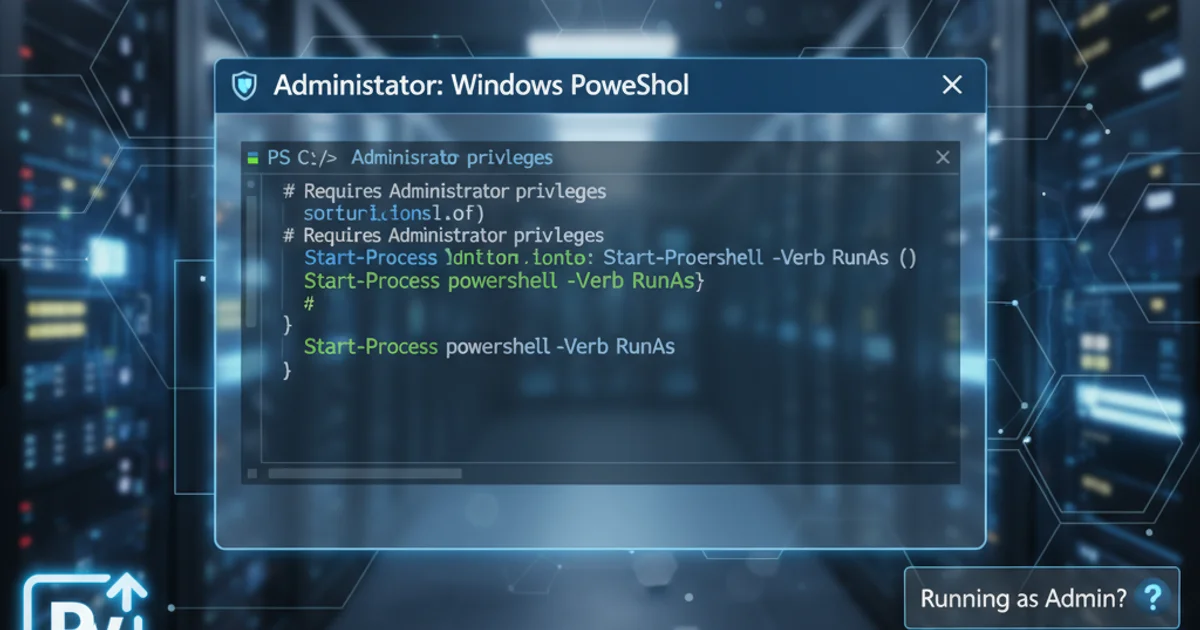Social App message Tracking?
Categories:
Implementing Message Tracking in Social Apps for Android

Learn how to effectively track messages in your Android social application, covering key features like delivery receipts, read statuses, and real-time updates.
Message tracking is a crucial feature in modern social applications, providing users with transparency and confidence regarding their communications. This article delves into the technical aspects of implementing message tracking functionalities such as delivery receipts, read statuses, and real-time updates within an Android social app. We'll explore common architectural patterns, database considerations, and API design for a robust tracking system.
Core Concepts of Message Tracking
Effective message tracking involves several key states that a message can transition through. Understanding these states is fundamental to designing a reliable system. Typically, a message goes through stages like 'sent', 'delivered', and 'read'. Each state change needs to be recorded and communicated back to the sender in real-time or near real-time.
Sent: The message has been successfully transmitted from the sender's device to the server. Delivered: The message has been successfully received by the recipient's device from the server. Read: The recipient has opened or viewed the message on their device.
stateDiagram-v2
[*] --> Sent
Sent --> Delivered: Recipient device acknowledges receipt
Delivered --> Read: Recipient views message
Read --> [*]
Sent --> Failed: Server failed to process/send
Failed --> [*]Message State Transition Diagram
Architectural Considerations for Real-time Tracking
Implementing real-time message tracking requires a robust backend and an efficient client-side mechanism. For Android applications, this often involves using a combination of push notifications (e.g., Firebase Cloud Messaging - FCM), WebSockets, and a well-structured database. FCM can notify the recipient's device about a new message, and upon receipt, the device can send a 'delivered' status back to the server. When the user opens the chat, a 'read' status is sent.
WebSockets are ideal for maintaining persistent, bidirectional communication channels, enabling instant updates without constant polling. This is particularly useful for sending read receipts back to the sender immediately after a message is viewed.
sequenceDiagram
actor Sender
participant SenderApp as "Sender App (Android)"
participant BackendServer as "Backend Server"
participant RecipientApp as "Recipient App (Android)"
actor Recipient
Sender->>SenderApp: Composes & Sends Message
SenderApp->>BackendServer: POST /messages (Message Content)
activate BackendServer
BackendServer->>BackendServer: Stores Message
BackendServer->>RecipientApp: FCM Push Notification (New Message)
deactivate BackendServer
RecipientApp->>RecipientApp: Receives Message
RecipientApp->>BackendServer: POST /status (Message Delivered)
activate BackendServer
BackendServer->>BackendServer: Updates Message Status
BackendServer->>SenderApp: WebSocket Update (Message Delivered)
deactivate BackendServer
Recipient->>RecipientApp: Opens Chat / Views Message
RecipientApp->>BackendServer: POST /status (Message Read)
activate BackendServer
BackendServer->>BackendServer: Updates Message Status
BackendServer->>SenderApp: WebSocket Update (Message Read)
deactivate BackendServer
SenderApp->>Sender: Updates UI (Delivered/Read)Message Tracking Flow with FCM and WebSockets
Database Schema for Message Tracking
A well-designed database schema is crucial for efficiently storing and retrieving message statuses. You'll typically need a messages table and potentially a message_statuses table or integrate status fields directly into the messages table. Here's a simplified example using a single messages table with status fields:
CREATE TABLE messages (
id VARCHAR(36) PRIMARY KEY, -- UUID for message ID
sender_id VARCHAR(36) NOT NULL,
recipient_id VARCHAR(36) NOT NULL,
content TEXT NOT NULL,
timestamp DATETIME DEFAULT CURRENT_TIMESTAMP,
status ENUM('sent', 'delivered', 'read', 'failed') DEFAULT 'sent',
delivered_at DATETIME NULL,
read_at DATETIME NULL
);
-- Example for updating status
UPDATE messages
SET status = 'delivered', delivered_at = CURRENT_TIMESTAMP
WHERE id = 'message_uuid_123' AND recipient_id = 'user_uuid_456';
UPDATE messages
SET status = 'read', read_at = CURRENT_TIMESTAMP
WHERE id = 'message_uuid_123' AND recipient_id = 'user_uuid_456';
Simplified SQL Schema for Message Tracking
Implementing Status Updates on Android
On the Android client, you'll need to handle incoming messages and send status updates. When an FCM message arrives, your FirebaseMessagingService can process it and, after storing it locally, send a 'delivered' receipt. When a user opens a chat, you'd iterate through unread messages and send 'read' receipts. Using a local database (like Room) for message storage is highly recommended for offline support and performance.
Here's a conceptual snippet for sending a 'delivered' status:
class MyFirebaseMessagingService : FirebaseMessagingService() {
override fun onMessageReceived(remoteMessage: RemoteMessage) {
// ... process and display message ...
remoteMessage.data["messageId"]?.let { messageId ->
sendDeliveryReceipt(messageId)
}
}
private fun sendDeliveryReceipt(messageId: String) {
// Use a background thread or WorkManager for network operations
CoroutineScope(Dispatchers.IO).launch {
try {
val response = RetrofitClient.apiService.updateMessageStatus(
messageId, "delivered", System.currentTimeMillis()
)
if (response.isSuccessful) {
Log.d("Tracking", "Delivery receipt sent for $messageId")
} else {
Log.e("Tracking", "Failed to send delivery receipt: ${response.errorBody()?.string()}")
}
} catch (e: Exception) {
Log.e("Tracking", "Error sending delivery receipt", e)
}
}
}
}
Conceptual Kotlin code for sending a delivery receipt via FCM